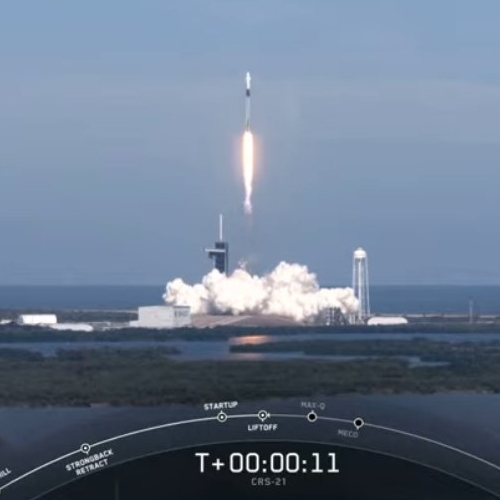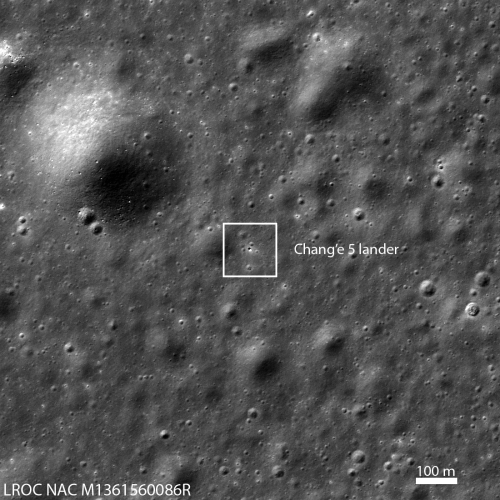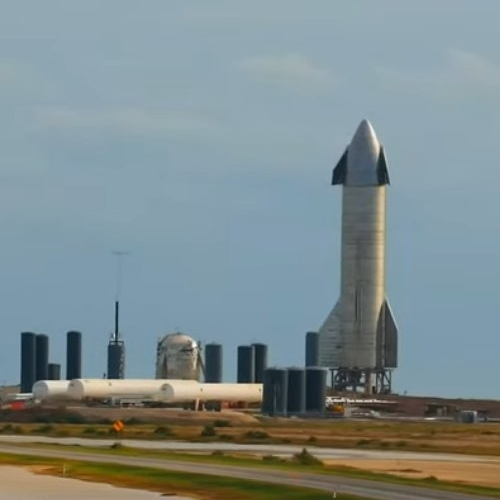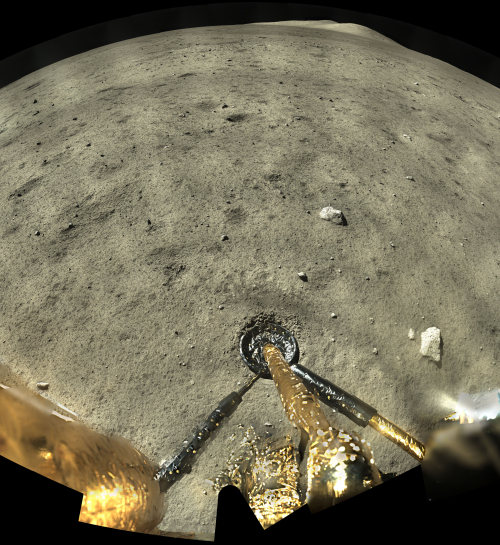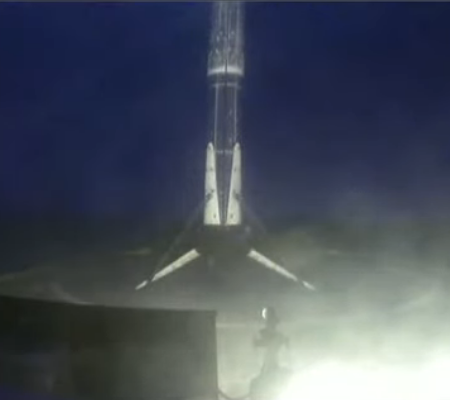Redwire successfully 3D prints ceramic parts in space
Capitalism in space: Redwire announced today that it has successfully for the first time 3D printed several ceramic parts in space on ISS.
The commercially developed in-space manufacturing facility successfully operated with full autonomy using additive stereolithography (SLA) technology and pre-ceramic resins to manufacture a single-piece ceramic turbine blisk on orbit along with a series of material test coupons. The successful manufacture of these test samples in space is an important milestone to demonstrate the proof-of-potential for CMM to produce ceramic parts that exceed the quality of turbine components made on Earth. The ceramic blisk and test coupons will be stowed and returned to Earth for analysis, aboard the SpaceX Dragon CRS-21 spacecraft. CMM, developed by Redwire subsidiary Made In Space, is the first SLA printer to operate on orbit.
The replicators of Star Trek are coming. The real ones won’t be like the ones in the television show, nor will they be used to produce food, but they are coming nonetheless. It is quite likely that the colonization of space will demand a revolution in 3D printing that will make it possible for almost all heavy industry manufacturing.
Capitalism in space: Redwire announced today that it has successfully for the first time 3D printed several ceramic parts in space on ISS.
The commercially developed in-space manufacturing facility successfully operated with full autonomy using additive stereolithography (SLA) technology and pre-ceramic resins to manufacture a single-piece ceramic turbine blisk on orbit along with a series of material test coupons. The successful manufacture of these test samples in space is an important milestone to demonstrate the proof-of-potential for CMM to produce ceramic parts that exceed the quality of turbine components made on Earth. The ceramic blisk and test coupons will be stowed and returned to Earth for analysis, aboard the SpaceX Dragon CRS-21 spacecraft. CMM, developed by Redwire subsidiary Made In Space, is the first SLA printer to operate on orbit.
The replicators of Star Trek are coming. The real ones won’t be like the ones in the television show, nor will they be used to produce food, but they are coming nonetheless. It is quite likely that the colonization of space will demand a revolution in 3D printing that will make it possible for almost all heavy industry manufacturing.

